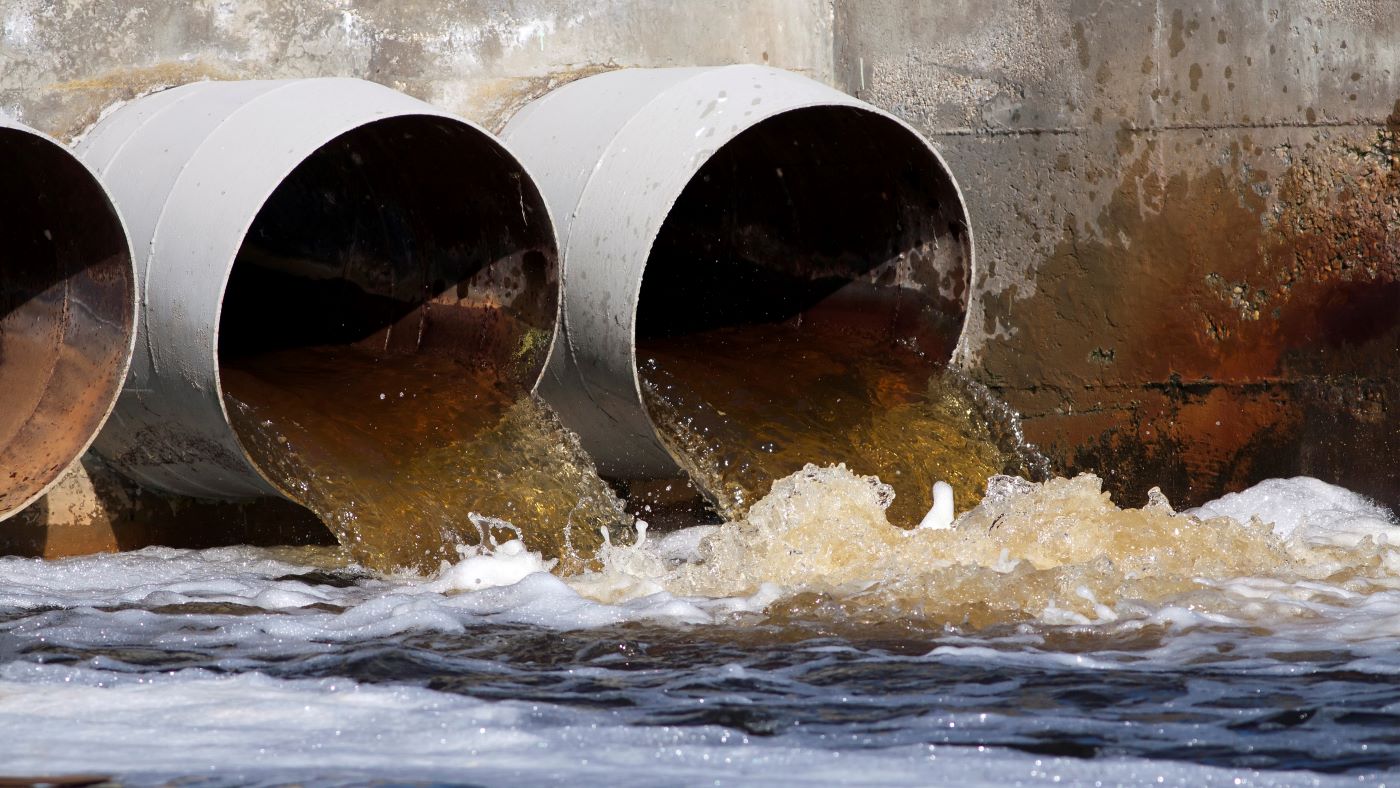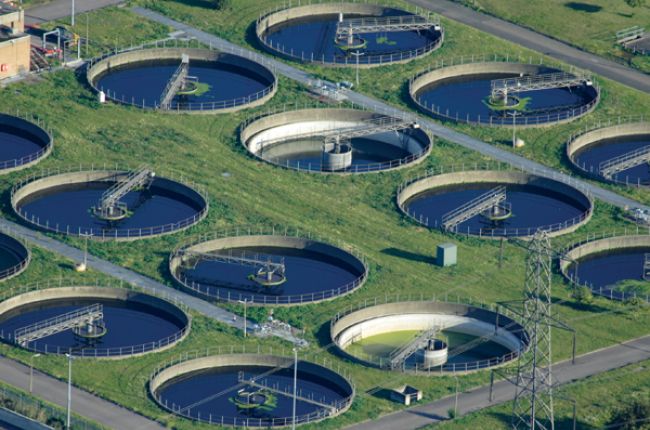Optimizing Waste Water Therapy Processes: Approaches for Improved Water Quality and Source Recuperation
In the realm of wastewater therapy, the pursuit for enhancing effectiveness and sustainability via process optimization is a continuous search that holds immense relevance. By focusing on techniques customized to boost water high quality while concurrently harnessing important sources, therapy plants can deal with pushing ecological concerns while opening financial advantages. From cutting-edge innovations to cutting-edge source recovery techniques, the landscape of wastewater therapy is evolving rapidly. As we look into the complexities of enhancing these procedures, a globe of possibilities arises that guarantees not only cleaner water but also a much more lasting future.
Significance of Process Optimization
Optimizing waste water therapy procedures via thorough procedure optimization is crucial for making best use of performance and ensuring ecological sustainability. By fine-tuning each action of the therapy procedure, from preliminary consumption to final discharge, water treatment centers can accomplish higher degrees of impurity removal, decrease energy intake, and lessen the generation of waste spin-offs. Process optimization entails examining essential efficiency signs, such as hydraulic retention times, sludge retention times, and nutrient levels, to recognize areas for enhancement and implement targeted remedies.
Reliable process optimization not only boosts the general performance of waste water therapy plants however also adds to set you back financial savings and regulative compliance. By maximizing procedures, operators can accomplish higher therapy capacities without the demand for considerable infrastructure financial investments. Additionally, boosted treatment performance causes cleaner effluent discharge, reducing the ecological impact on obtaining water bodies and ecological communities.

Advanced Therapy Technologies
In the realm of drainage therapy, the application of innovative treatment modern technologies plays a critical duty in improving the overall effectiveness and effectiveness of the therapy processes. These innovative modern technologies offer ingenious solutions to attend to intricate pollutants existing in wastewater streams, guaranteeing the elimination of pollutants to satisfy rigorous water quality criteria. Advanced treatment processes such as membrane layer bioreactors, ozonation, advanced oxidation procedures, and reverse osmosis allow the detailed removal of contaminants, consisting of emerging pollutants like drugs and personal care products.
Furthermore, these innovations promote source recuperation by removing beneficial products such as phosphorus, nitrogen, and power from the wastewater. Advanced nutrient removal modern technologies can recoup phosphorus and nitrogen for reuse in farming plant foods, while energy healing systems like anaerobic digestion can harness biogas for electricity generation. By incorporating innovative therapy innovations into wastewater treatment plants, drivers can boost water top quality, minimize environmental impact, and relocate in the direction of a much more sustainable and resource-efficient approach to wastewater monitoring.
Source Recovery Techniques
Resource healing strategies in wastewater treatment procedures play an important duty in taking full advantage of the utilization of important sources contained within wastewater streams. One typical source recovery technique is the removal of nutrients like phosphorus and nitrogen from wastewater for reuse as fertilizers or in industrial procedures.
Water recuperation techniques, such as membrane modern technologies and advanced filtering systems, enable the treatment and reuse of water for non-potable applications like irrigation or commercial processes. By applying resource recuperation techniques in wastewater treatment plants, not only can useful sources be saved and recycled, but the general sustainability and efficiency of the therapy process can be significantly improved. As the emphasis on resource deficiency click this site and environmental sustainability proceeds to grow, the importance of integrating source healing techniques into wastewater therapy procedures becomes significantly noticeable.
Lasting Practices in Wastewater Therapy
Sustainable practices in wastewater therapy include a range of approaches intended at reducing the ecological effect of treatment procedures while making best use of source healing. One key facet of sustainable wastewater treatment is the execution of energy-efficient innovations to reduce the carbon impact of treatment plants.
In addition, the adoption of advanced therapy technologies that advertise water reuse and recycling plays a vital function in lasting wastewater administration. By treating wastewater to a high requirement, it can be repurposed for numerous non-potable applications, such as irrigation, industrial procedures, and also drinkable water production sometimes. This not just saves beneficial freshwater sources but additionally reduces the quantity of effluent released into the setting.

Study on Successful Optimization
As wastewater treatment facilities progressively concentrate on sustainable methods, real-world study showcasing effective optimization approaches act as important models for sector development. One such instance research study rotates around the application of innovative nutrient elimination innovations in a municipal wastewater treatment plant. By including organic nutrient elimination processes and optimizing functional specifications, the facility achieved significant decreases in nitrogen and phosphorus levels discharged right into obtaining waters, eventually improving overall water top quality.
An additional significant situation study involves the assimilation of anaerobic digestion systems in an industrial wastewater therapy plant to improve energy recuperation and source efficiency (Waste Water Treatment). Through the food digestion of organic waste products, the center not only created biogas for energy production but additionally lowered the quantity of sludge calling for disposal. This double benefit not just enhanced the plant's sustainability performance yet likewise led to cost financial savings
These successful optimization strategies show the potential for wastewater therapy facilities to achieve both ecological and economic advantages with ingenious approaches and effective procedures. More Help By learning from these instance studies, market specialists can even more optimize their own procedures to enhance water high quality and source recovery.
Final Thought
In verdict, optimizing waste water therapy procedures through advanced innovations, source recovery methods, and lasting techniques is vital for improving water high quality and maximizing resource healing. Waste Water Treatment. Study have demonstrated effective execution of optimization strategies in various wastewater treatment centers. By remaining to focus on procedure optimization, we can guarantee reliable and reliable therapy of wastewater, ultimately resulting in a much more environmentally friendly and sustainable method to handling water resources
By fine-tuning each step of the treatment process, from preliminary consumption to last discharge, water therapy centers can attain greater levels of impurity removal, minimize power usage, and decrease the generation of waste by-products.In the world of waste water therapy, the execution of advanced treatment innovations plays a crucial duty in boosting the overall efficiency and effectiveness of the treatment procedures. By integrating innovative therapy modern technologies into wastewater therapy plants, drivers can boost water high quality, reduce ecological effect, and move towards an extra resource-efficient and sustainable method to wastewater management.
By applying source recovery strategies in wastewater therapy plants, not only can valuable sources be conserved and recycled, however the overall sustainability and performance of the therapy process can be substantially enhanced. Lasting methods in wastewater therapy include a range of strategies intended at reducing the ecological effect of therapy processes while taking full advantage of resource recuperation.